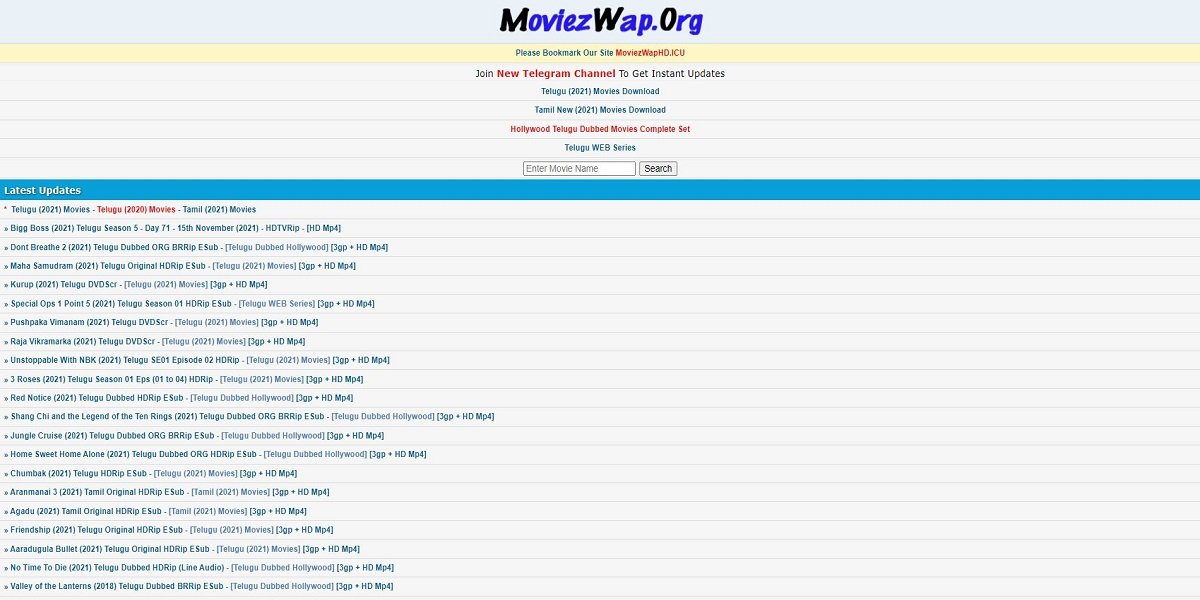Advances in translation technology, fueled by AI and automation, have marked significant progress in recent years. However, despite these advancements, many existing tools still depend substantially on human input and fall short of evolving with time. Enter Přeldač, named after the Czech word for “translator.” This cutting-edge system is reshaping the landscape with its capability to provide instant, superior translations, all the while employing predictive maintenance to consistently refine its performance.
In our discussion, we will delve into the major advantages Přeldač offers, particularly in enhancing operational efficiency, reducing costs, and improving scalability. We’ll take a closer look at its application in real-world scenarios, delve into the technical intricacies of its predictive models, and contemplate the prospective trajectory of this technology. Join us as we explore how Přeldač is revolutionizing the translation domain.
Table of Contents
Improved Operational Efficiency
Přeldač marks a significant leap in enhancing operational efficiency in the translation realm through several vital means. Firstly, it outpaces human translators and conventional automation tools in terms of speed. Utilizing AI and neural networks, Přeldač is capable of translating documents almost instantaneously, catering to the swift pace of contemporary content creation.
Furthermore, the automation aspect of Přeldač minimizes human intervention in the translation workflow. From sourcing the original content to delivering the translated material, the system manages it all, ensuring reliable and consistent translations without the pitfalls of manual labor. Organizations using Přeldač have successfully redirected their translation staff towards more strategic, less monotonous tasks.
A standout feature of Přeldač is its seamless scalability. Unlike traditional human translation processes, which often struggle to adapt to varying demands, Přeldač can easily accommodate significant shifts in translation volume. Simply deploying the system across additional servers enhances its throughput. This flexibility allows for swift adaptation to both temporary surges in content, such as seasonal peaks, and sustained growth. A case in point is Acme Online, an e-commerce giant, which utilized Přeldač’s scalability to translate 20 million product descriptions during the last holiday season, marking a fivefold increase from their usual volume.
Read More: Amazons Gpt44x
Enhanced Predictive Maintenance With The Help Of Přeldač
Přeldač sets itself apart with its advanced predictive maintenance features. Traditional translation tools typically operate on a reactive basis, adjusting their algorithms only after detecting errors. In contrast, Přeldač utilizes predictive modeling to refine its translation capabilities proactively, addressing potential issues before they even occur.
This system is designed to scrutinize the source material, identifying and preemptively correcting potential translation challenges. For instance, when a document includes new slang or colloquial terms, Přeldač recognizes these novel expressions and adapts its model to more effectively handle such complex translations. The system also reviews past translations, spotting minor inconsistencies or errors and modifying its algorithms in advance to avert similar mistakes in the future.
Přeldač’s predictive models employ a blend of rule-based and machine-learning strategies. The rule-based component ensures adherence to essential linguistic principles, such as grammar rules, while the machine learning aspect adds a layer of sophistication, enabling the system to independently learn and adapt to new patterns and linguistic subtleties. This synergistic approach results in consistently high-quality translations, even with dynamically changing real-world content.
To maintain its cutting-edge performance, Přeldač continuously gathers data from a wide array of systems and organizations using it. This collective learning approach enables the predictive models to evolve rapidly, benefiting from an extensive and varied pool of translation instances. Consequently, users not only contribute to but also gain from this shared, evolving model.










![How to Play Slope Unblocked Games? [Strategies and Winning Tips] Slope Unblocked Games](https://techworshipper.com/wp-content/uploads/2024/01/Slope-Unblocked-Games-218x150.jpg)



